What is a heat ring? Well, this is a tire condition. It takes place when the tire runs flat, and the sidewalls bend such that the exterior part comes into contact with the road.
In some cases, the interior part of the upper sidewall may touch the lower side. As a result, rubbing takes place, creating a ring around the wheel owing to scuffing. Over time, this friction wears out the interior rubber on one or both of the sidewalls. This rubbing also generates a lot of heat, which can lead to the formation of a thin ring inside the rubber. This ring is an indication of overheating, and this is what goes by the name heat ring. The interior rubber is the only part of the tire that can hold on to air. As such, with a ring around tire sidewall, you have no option but to get a new tire.
Sidewall tire damage is but one of the few things that can have you buying new tires. Tire damage is an unfortunate thing that can happen to anyone, even when you are careful about the way you drive. It does not discriminate against the age of the tires, either. It is thus best to carry out regular inspections of the tires to ensure that they are at par with reasonable standards. In this way, you can avoid huge repair costs in the future. Additionally, you can prevent some damages.
The most prevalent tire damages are punctures, irregular wear, cuts, cracks, and bulges. Failure to attend to these leads to more damage. A good example would be where you drive on a flat tire only for a heat ring to develop. Check your tires once a week to catch any damage from the onset. Running your hand along the tire will help you find anything caught in the treads. Also, check the air pressure and ensure that it remains at the optimum level. Below are some of the tire damages you are likely to encounter:
[su_list icon=”icon: wrench” icon_color=”#282279″]
If the tire has a puncture or lacks adequate air pressure, this is likely to happen. It can also result from improper mounting or demounting, which damages the bead ply cords. In this case, you should always check the air pressure and deal with flat tires the moment that they occur.
This bulge can also occur due to repeated abrasions on the carcass, which damages the ply cords on the low sidewall. The carcass loses strength over time, and this leads to a bulge in the wall. To avoid this, you should drive carefully, avoiding any places where abrasive objects may be. And stop when you get a puncture.
A bulge on the sidewall may also be an indication of an impact. You may have hit a pothole and broken the ply cords in the wall, without showing the same on the outside. It could also be that you hit a blunt object.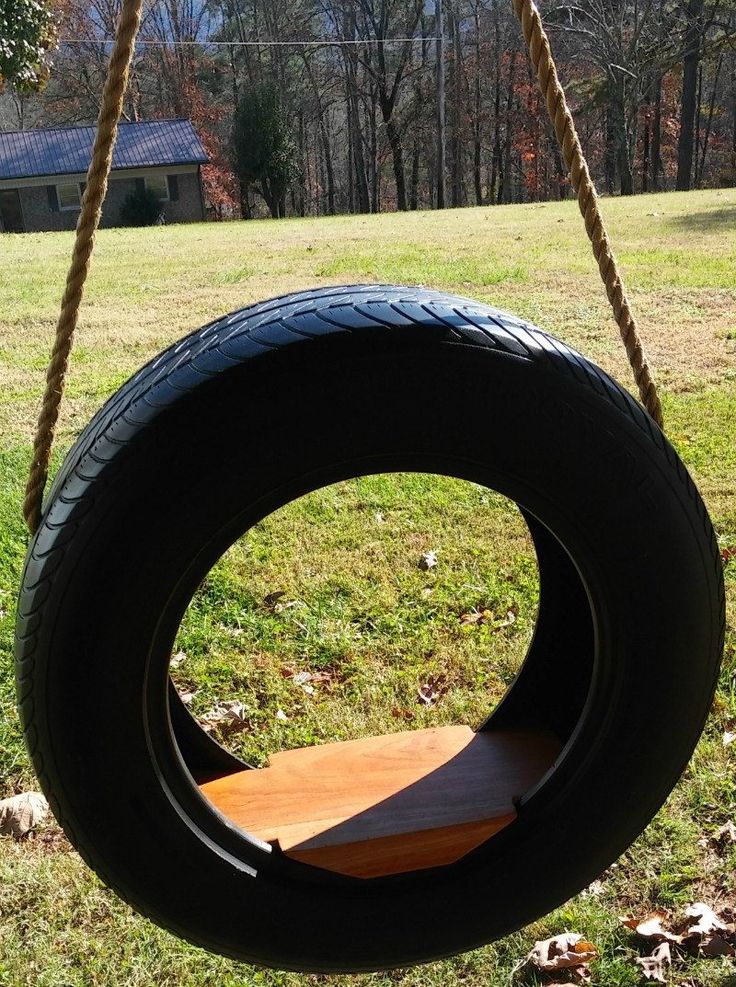 In this case, the exterior will not show any signs of damage, but there will be a bulge. This bulge may also result from reduced air pressure. It is best to drive at the recommended speed and to avoid hitting objects while on the road.
In this case, the exterior will not show any signs of damage, but there will be a bulge. This bulge may also result from reduced air pressure. It is best to drive at the recommended speed and to avoid hitting objects while on the road.
[su_list icon=”icon: wrench” icon_color=”#282279″]
But as with any vehicle components, tires are not immune to damage. And there are damages that are beyond repair. One such damage is within the tire sidewall in a form of bulge, cuts or chipped off rubber. So it begs the question, “how much sidewall tire damage is too much?”
To determine how much sidewall tire damage is too much you need to check the threads in the area of damage. If you can see the threads or the radial cords, it’s time to replace the tire. These threads are located 0.125 to 0.188 of an inch beneath the surface of the sidewall.
What's In This Guide?
Any relevant issues or deficiencies you encounter within the sidewall of your tires, may it be on the inner or outer side of the wall can be considered as sidewall damage. This is a very serious concern and can lead to a complete tire failure. Having said that, tire replacement is the most sound decision you could ever take to address this issue.
This is a very serious concern and can lead to a complete tire failure. Having said that, tire replacement is the most sound decision you could ever take to address this issue.
Since sidewall tire damage is any irregularities found within the walls of the tires, it can be categorized from minor cuts and abrasions, bulging or bubbles, to more severe cases of missing huge chunks of rubber.
Missing huge chunks of rubberThese are portions within the sidewall of the tire that has been chipped off from the tire. Also, it is most likely that the inner cords that hold the structure of the tire are already exposed.
Deep and big abrasionsAbrasions caused by hitting a curb or running on a deep pothole will vary their size depending on the impact. These can range from a slash-like appearance or rough scapes to some extent. However, regardless of the size, these abrasions should not be left unnoticed.
A sidewall bubble is a bulge protruding on the side of the tire caused by high-impact damage such as hitting a pothole, running into a curb, or driving too fast over speed bumps. Like any other sidewall tire damage mentioned, you shouldn’t ignore it since it can also cause a blowout.
Causes of Sidewall Tire DamageSidewall tire damage can be obtained by one or more factors brought by the driver’s negligence to the quality of the tires. These factors are not limited to the tire age, factory defects and poor quality checks, overloading, under-inflation, and tire wear.
Tire AgeTires are built to withstand rough road conditions and certain load limits. However, their elasticity, strength, and durability don’t last forever. The majority of tire manufacturers declare an 8 to 10 years lifespan from the manufacture date.
After such, the rubber components will become brittle and dry, the inner plies that hold them together weaken, and eventually, their parts will start to fall apart.
Whatever the type you’re using, or regardless of your frequency using it, tires deflate by themselves even in normal conditions. That is why a regular air pressure check is essential for your safety and tires’ longevity.
The case of under-inflation can be attributed to the driver’s negligence to regularly check air pressure. Under-inflated tires result in tread and sidewall flexing more due to not having enough air pressure to carry the vehicle load. This puts too much stress on the sidewall that eventually leads to breakage and damage.
Factory defectsThere will be cases more prevalent on lower quality tires wherein they skimp on important tests before rolling off the factory. One of the classic examples is regarding the speed rating. Skipping the process of thorough checking for the proper speed rating, these poorly rated tires have the tendency to overheat and affect the sidewall integrity during sustained high speeds.
OverloadingOverloading your vehicle beyond its prescribed limit puts too much stress on your suspension system and ultimately on your tires.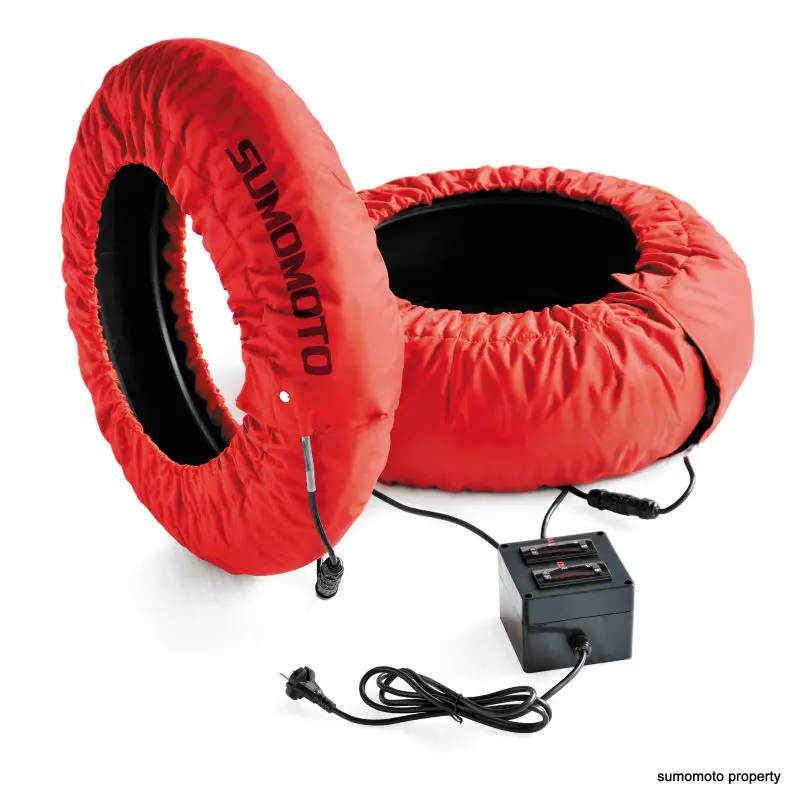 Too much weight causes them to flatten, or even explode as air pressure builds up on the sidewall plus the heat generated by friction while moving. Not to mention, overloading is also one of the culprits of compromised handling as this prompts the vehicle to wobble or wiggle from side to side of the road.
Too much weight causes them to flatten, or even explode as air pressure builds up on the sidewall plus the heat generated by friction while moving. Not to mention, overloading is also one of the culprits of compromised handling as this prompts the vehicle to wobble or wiggle from side to side of the road.
Tires that have significant wear on them are more likely to overheat faster than normal, and this overheating can result in a blowout. Additionally, the worst thing that could happen is when the reinforcement that maintains the shape of the tires was already showing up at the sidewall, and accidental hitting to the curb will definitely end up with a damaged sidewall.
Can I Still Drive with a Sidewall Tire Damage?If you notice that your tire has any sign of sidewall damage, you should have it replaced right away! Throw in that spare tire sitting on your trunk and proceed to the nearest tire shop to purchase a new one. You might want to consider calling for roadside assistance if you have concerns with your spare.
You may argue, “It still seems sturdy enough, why need to be in a hurry?”. Just because you can still drive with it doesn’t mean you should. Remember, safety is a priority the moment you turn on the ignition. Sidewall tire damage could cause a blowout at any second and can put you and everyone on the road in a dangerous situation.
Can a Tire with Sidewall Damage be Repaired?Whether the damage is just a shallow scrape, a bulge, or a chipped-off part of the sidewall, you should not attempt to repair sidewall damage as these are beyond repair. Also, don’t ever think of bringing them to any tire technician as there is an unwritten rule in the industry not to repair, patch, or plug any damage that occurred within the tire sidewall.
How to Avoid Sidewall Tire DamageYou can reduce the likelihood of having your tire’s sidewall end up with damage by following the basic instructions. These include regular checking of air pressure at least once a month, avoiding road hazards, only driving with recommended load limit and speed rating, and lastly, having them checked by tire experts should you feel something is not right with your tires.
You should have them check at least once a month or if you see any visual cues that they may be deflated. Additionally, you should conduct a cold tire pressure reading since the air pressure varies with temperature changes.
A good practice is to always have a tire pressure gauge paired with a portable inflator that can be powered by your vehicle’s power outlet. These tools don’t take up too much space and can even be stored along with your basic repair tool kit.
Match the vehicle load and speed ratings to the vehicle’s recommendationsIt is essential that you also know the basics of tire information reading. The code embossed on your tires does not only mention the size itself, it also indicates the speed rating recommendation. Additionally, the tire information sticker on your vehicle door frame clearly states the load limit with the recommended tire air pressure in psi.
Avoid road hazardsIt is best to plan your route ahead of time. Steer away from areas with ongoing road rehabilitation or repair since these are home to a lot of construction debris such as nails and other pointed metals, as well as sharp stones that may cause abrasions in the sidewall of your tires.
Steer away from areas with ongoing road rehabilitation or repair since these are home to a lot of construction debris such as nails and other pointed metals, as well as sharp stones that may cause abrasions in the sidewall of your tires.
Also, take a look ahead for potholes, and be careful when maneuvering near a curb not to draw too close or you’ll scratch your tire’s sidewall.
Have your tires checked by expertsTire technicians and experts have a wide experience dealing with such concerns over the course of their expertise. They may also look for other concerns on your tires that you may miss on inspecting.
Final thoughtsSidewall tire damage should not be treated the same way we fix punctures within the tread via patch and plugs. If you see that the sidewall damage already exposes the threads or cords of your tire, it is time to replace them at all costs.
During operation of the car, the tires mounted on its wheels roll under load. In this case, the tires are heated . The features of this process are described in this article by scientists from the Volgograd State Technical University and the Makhachkala branch of MADI.
In this case, the tires are heated . The features of this process are described in this article by scientists from the Volgograd State Technical University and the Makhachkala branch of MADI.
Tire heating features
Tire heating during rolling occurs mainly as a result of friction in the tire materials, since frictional losses between air particles in the tire are negligible. Mechanical and molecular friction between the structural elements of the tire is converted into thermal energy, and friction on the road surface is also converted into heat and tread wear .
The temperature at a given point on the tire is advantageously determined on the basis of a balance between the amount of heat generated at that point in each unit of time and the ability to remove that heat.
If you divide the tire into sectors - slightly larger than the sector covering the contact patch of the tire with the road, you can see that heat is generated in each sector of the tire.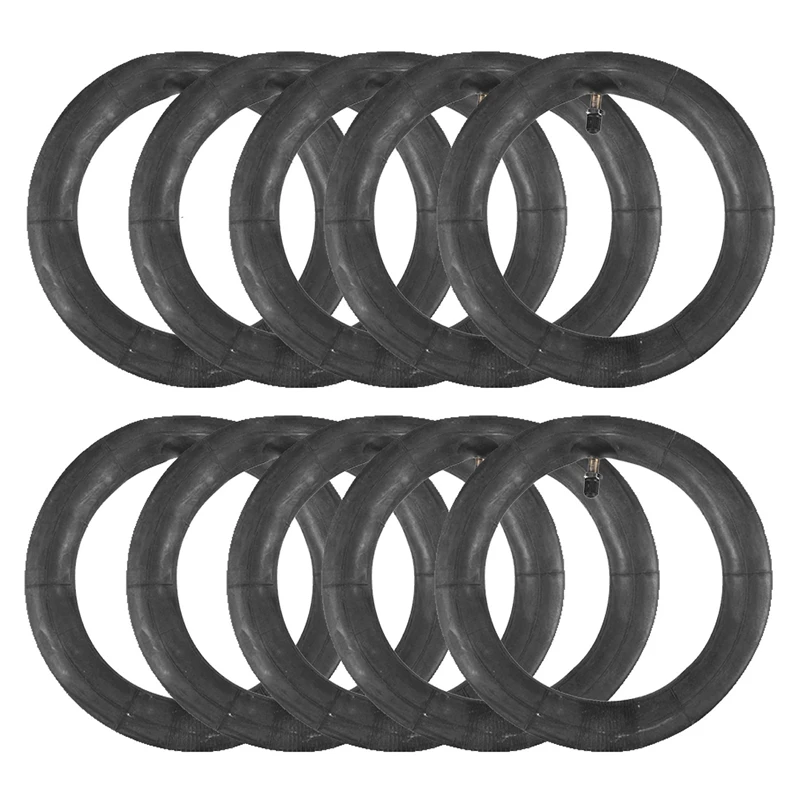 This occurs cyclically only in a short period of time when the sector approaches and passes the contact patch with the road. Each sector then cools down, transferring heat to the surrounding air until it approaches the contact patch with the road again.
This occurs cyclically only in a short period of time when the sector approaches and passes the contact patch with the road. Each sector then cools down, transferring heat to the surrounding air until it approaches the contact patch with the road again.
Areas of the tire profile where the rubber is thicker and the deformation is greater generate more heat. The temperature at a given point on the tire is also affected by heat generation at adjacent points. Therefore, during operation, the tire has a different temperature at each point of its profile. At the beginning of the wheel movement, the released heat goes to heat the tire body and is partially dissipated in the environment. As you drive further, the temperature of the tire rises and heat is redistributed between different areas of the tire profile.
How to calculate the amount of heat when a tire is heated
The amount of heat generated per unit time at a particular point on the tire is determined by the type of friction, the magnitude and rate of deformation, as well as the ambient temperature.
The amount of friction depends on the properties of the material and the loading of the tire elements. More loaded elements of the tire during their work release more energy. Molecular friction is usually less than mechanical friction between individual elements. In those places where good molecular adhesion between rubber and cord is not ensured, i.e., where mechanical friction prevails, a rapid local increase in temperature is observed during tire operation.
Friction loss increases with tire deformation and vehicle speed, but decreases with temperature. Heat is removed from the tire by convection, conduction and heat radiation. It increases when the tire is blown by the wind and increases with an increase in the blowing speed.
Under normal operating conditions of the wheel, most of the heat is removed from the tire by convection into the atmospheric air, and only about 15% by heat transfer to the dry pavement. The ratio between the heat removed to the air and the road depends on many factors. First of all, this ratio depends on the temperature difference between the surface of the tire and the road, as well as the amount of heat generated as a result of friction in contact.
First of all, this ratio depends on the temperature difference between the surface of the tire and the road, as well as the amount of heat generated as a result of friction in contact.
Popular tire brands: Nokian, Michelin, Hankook.
What determines the temperature of the tire
1.
Fig. Fig. 1. Dependences of the temperature at the points of the cross section of the tire when it rolls along the drum at different constant speeds
Figure 1 shows that with an increase in speed, the temperature increases at some points of the cross section of the tire, and decreases at others. At high wheel speeds, the tire has a maximum temperature in section 1-3, located in the middle of the tread tread. Therefore, the tire temperature is estimated either by the average temperature of the air in the tire or by the actual temperature at a given point in the tire profile. The latter is measured with conventional needle thermocouples, special thermistors and thermal imagers.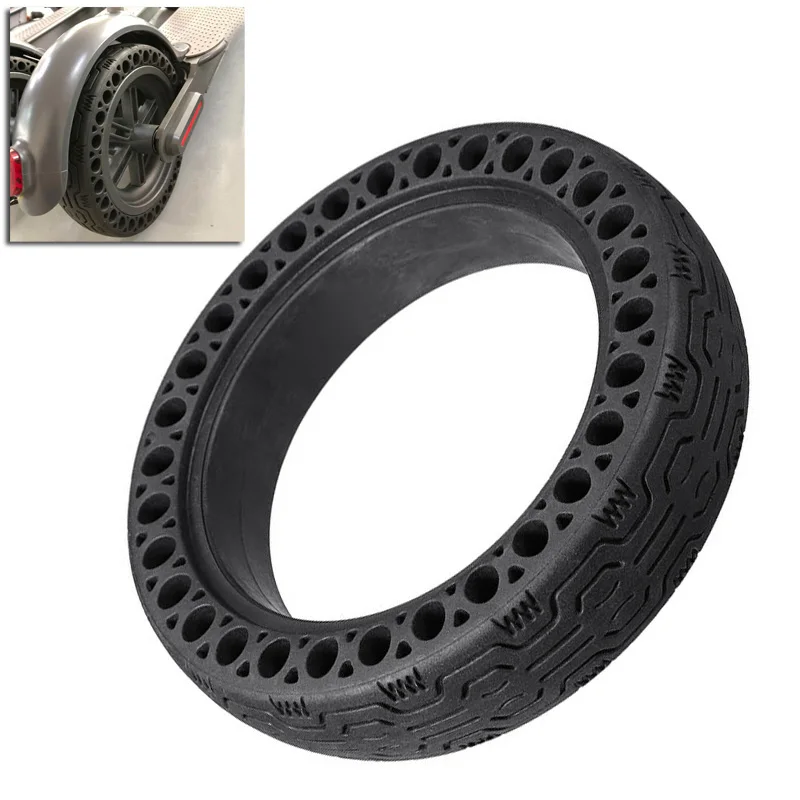
Tire temperature depends on tire size, ambient temperature, wheel load, air pressure and wheel rolling speed. The design of the tire, the tread pattern and the degree of its wear, the hysteresis and thermal characteristics of tire materials, and roughness also affect. It does not do without the influence of the evenness of the supporting surface of the road and the intensity of heat removal (air blowing, driving on a wet road, on snow and ice, etc.). The transient thermal state of the tire, in addition, depends on the rolling time in this mode.
Experiments and research
Experimental dependences of temperature at various points of the tube tire 8-15, on the time of rolling the wheel on the drum at a constant speed are shown in Figure 2. This figure shows that at a speed of 160 km/h the temperature in the shoulder the tread zone increases to 135°C, and the air temperature in the chamber is approximately 20°C lower. The rise in temperature lasts approximately 10 minutes, after which it becomes constant.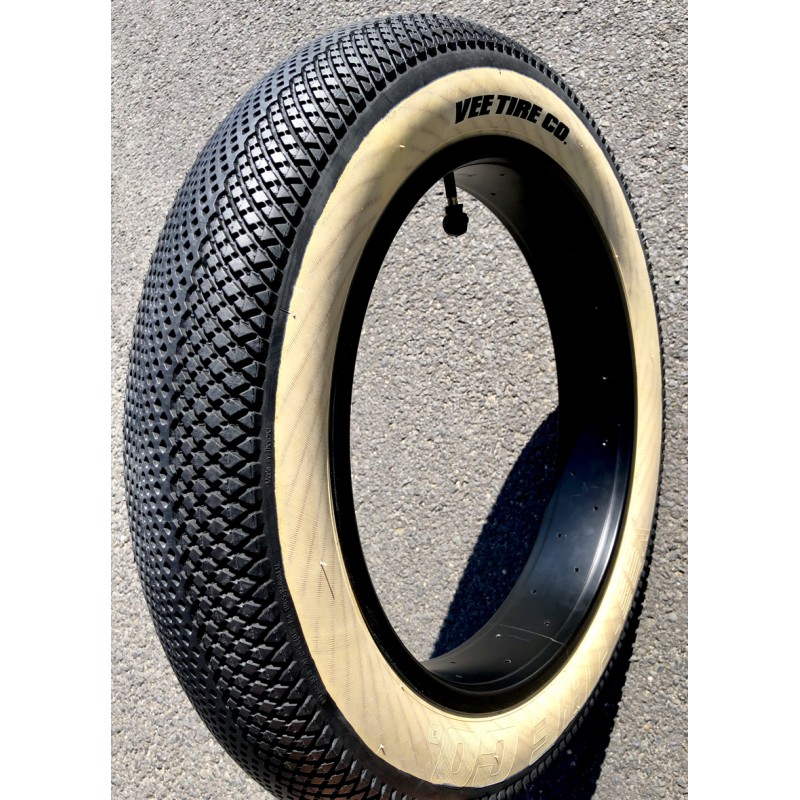 Such an increase in temperature is due to the high rolling speed and the rapid acceleration of the drum to this speed.
Such an increase in temperature is due to the high rolling speed and the rapid acceleration of the drum to this speed.
Fig. Fig. 2. Experimental dependence of the tire temperature on the wheel rolling time on the drum at a constant speed of 160 km/h, a load of 600 kgf, an air pressure of 1.7 kgf/m 2 and an ambient temperature of 38°C: 1 – tread temperature in the shoulder area tires; 2 - air temperature in the chamber
During operation, tires rarely reach such speed and temperature. Figure 3a shows the operational dependences of the maximum air temperature inside the tire (for tires 11-12) on speed at different ambient temperatures, with or without wind, and with different tire loads.
The experiments were carried out under laboratory conditions at a constant initial pressure and two values of normal load (2300 and 1840 kgf). The tests were carried out in the absence of tire blowing with air (curves 1 and 4), when the tire was blown, when the ambient temperature reached 25°С (curves 2 and 6) and 5°С (curves 3 and 6).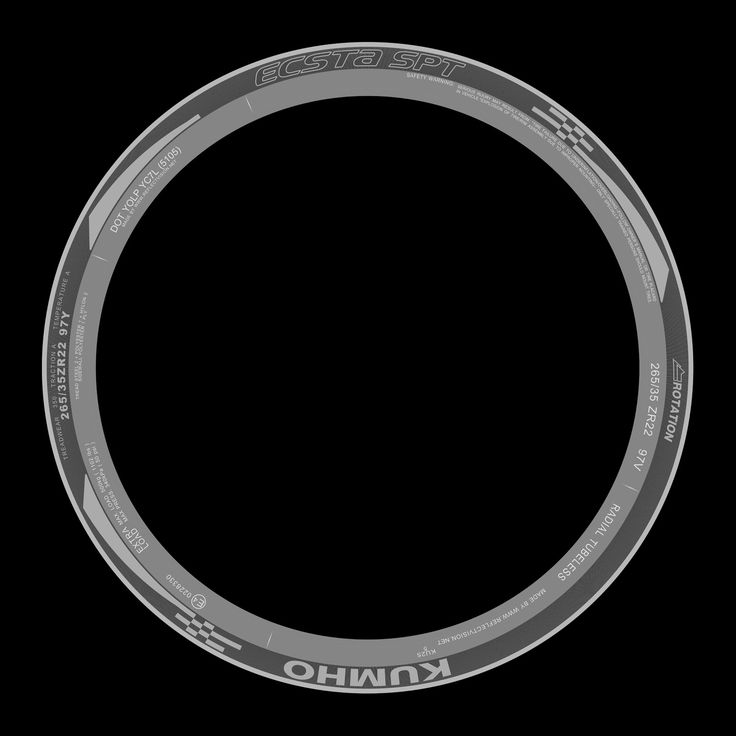
Fig. 3. Dependences of the maximum air temperature inside the tire (for tires 11-12) on the speed:
2 - the same, but with the wind; 3 - with wind, temperature 5ºС; 4 - without wind, G to = 1840 kgf, temperature 25ºС; 5 - the same with the wind; 6 - the same at a temperature of 5ºС;
b) - with different tire plies, where: 1 - with 14 layers of cord, 2 - with 12 layers, 3 - with 10 layers.
Conclusions
The following conclusions can be drawn from Figure 3a:
– at the same air pressure, a 20% reduction in the load on the wheel significantly reduces the temperature regime of the tire;
- lowering the ambient temperature even by 20°C slightly reduces the temperature of the air in the tire;
- the decrease in load has the greater effect on reducing the operating temperature of the tire, the higher the speed of the wheel;
- blowing the tire with wind has the greater effect on reducing its temperature, the more it is loaded.
Figure 3b shows that the more cord layers a tire has, the higher the temperature of tire at the same tire rolling speed.
Thus, as the tire temperature rises, more and more heat is dissipated in the outside environment. After a certain time of the wheel movement at a constant speed, the tire acquires such a temperature distribution at which a balance is established between the influx of heat and its dissipation in the external environment. The highest temperature is usually observed in the breaker area in the middle of the tread and in the shoulder areas of the tire.
Temperature has a great influence on rolling resistance and tire life. An increase in tire temperature leads to a significant decrease in hysteresis losses in it. This is a positive factor in terms of reducing the resistance to movement. Dependences of the rolling resistance coefficient and the average temperature of the tire on the time it is run in at a constant speed are shown in Figure 4.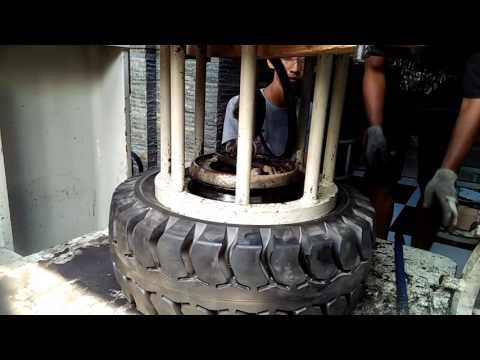
Fig. 4. Dependence of the coefficient of rolling resistance and the average temperature of the tire on the time of its running in at a constant speed, where: 1 – 10 km/h; 2 - 30 km / h; 3 - 60 km / h.
Data for fig. 4 obtained on a drum stand for a tire with a load of 1200 kgf and an air pressure of 5.75 kgf/cm 2 . The tests were carried out at three different speeds from 10 to 60 kilometers per hour. The figure shows that the coefficient of resistance to wheel movement decreases with increasing tire temperature, the more intense, the greater the speed of the car.
An increase in temperature results in a decrease in the strength of rubber and cord. When the temperature rises from zero to 100°C, the strength of the nylon cord decreases by about 20%, and the strength of the rubber and its connection with the cord decreases by about 2 times. Therefore, the choice of the optimal temperature, which provides low resistance to wheel movement and high tire life, must be given serious attention.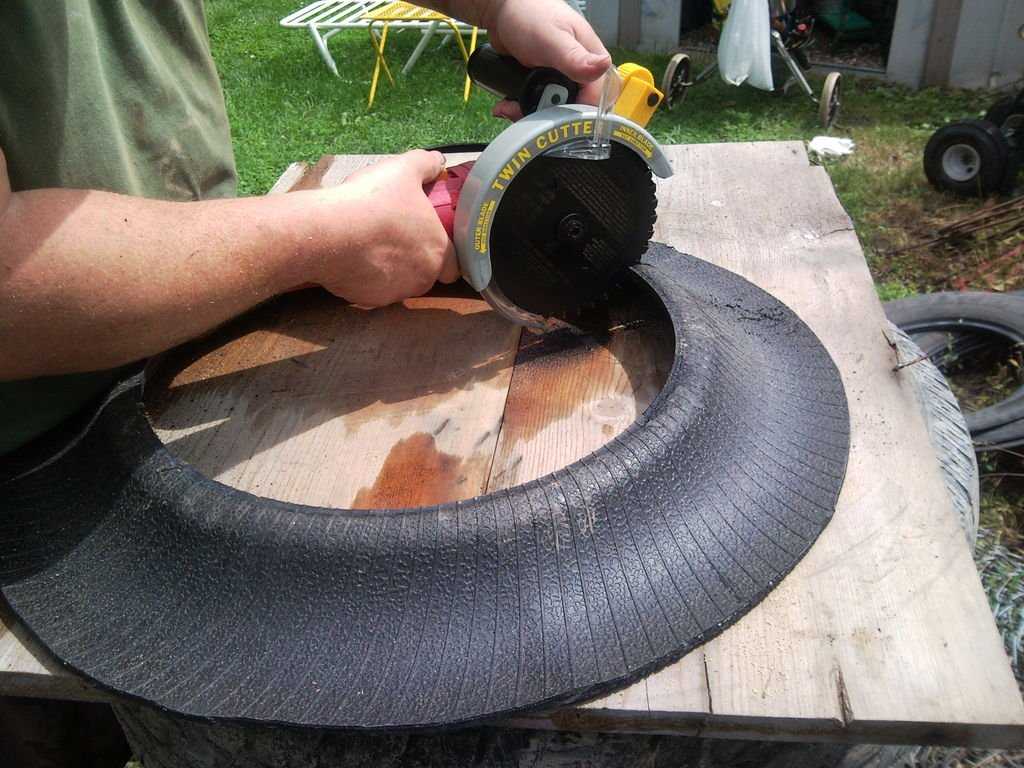
Temperature is considered dangerous when the process of vulcanization and devulcanization of rubber occurs at it, i.e. a sharp change in the mechanical properties of rubber and cord. In a rolling tire, a temperature of 100 o C is allowed. Starting from a critical temperature, tire damage is possible, especially if the temperature is kept for a long time.
At elevated temperatures, fatigue phenomena appear, which are due to the appearance and development of microdefects on the surface of the nylon cord threads. A decrease in the strength of rubber and cord with an increase in temperature leads to delamination of the tread, delamination and rupture of the carcass in places with the highest temperature. Therefore, the tire must not be allowed to heat up above 100 o C.
Gudkov V.A., Ryabov I.M., Gudkov D.V., Malinin N.N., Volgograd State Technical University
Mamakurbanov M.M., Ustarov R.M., Makhachkala branch of MADI
Journal: Tire Plus
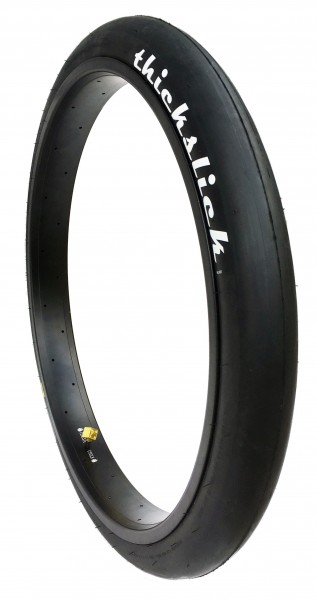
Busbars in electrical networks of industrial enterprises.
BUS COMPENSATORS are installed every 10 - 15 m of the straight part of the conductor. When the route passes through a wall or ceiling, it is necessary that the axis of the insulator to the wall be at least 200 mm away. If this distance cannot be maintained, an opening of at least 900X900 mm for maintenance of insulators.
Busbar compensators for compensating for temperature elongations of extended line sections made of aluminum busbars. They are connected to the tires by welding.
To smooth out these deformations, tire compensators are installed in the form of two plates, to which a package of a large number of pieces of tone is welded; - sheets of tire metal or in the form of various forms of bends.
The press is designed for the production of busbar compensator plates with a width of up to 100 mm and a bending depth of 50 and 70 mm.
Busbars are connected to the transformer terminals through busbar compensators.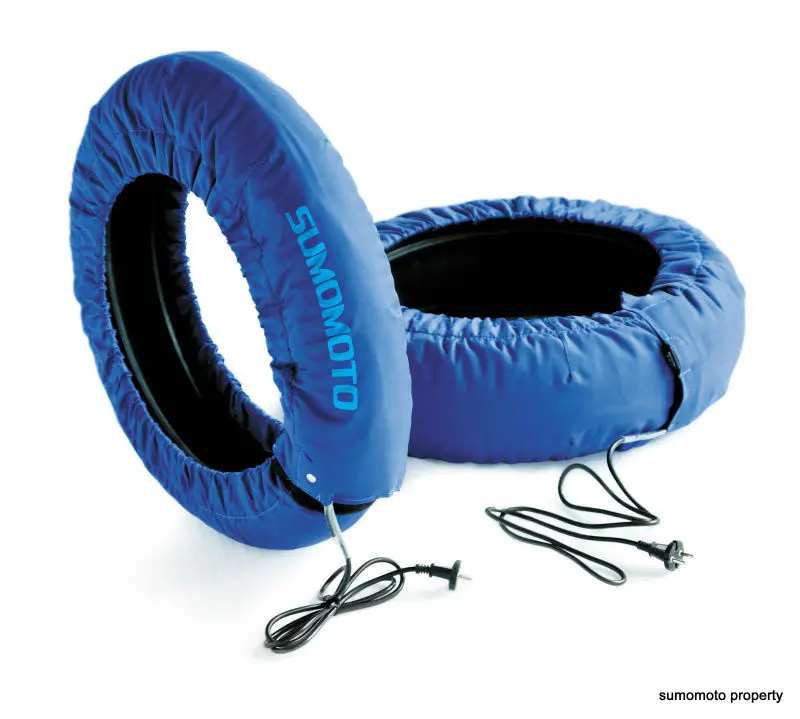
Proceed to making connections and installing bus expansion joints; the gap between the multi-strip busbars is provided by busbar spacers.
For busbar lengths over 15 m, busbar compensators are installed.
The unit is completed with supporting structures with insulators, busbar compensators, sectional dividers on the structures and tension end devices.
Busbar mounting products include busbar holders, adapter plates, busbar compensators, between busbar spacers, insulating inserts, washers, etc.0005
For laying tires, they produce: clamps and tire holders on the plane and edge, tire compensators, between busbar spacers, adapter plates.
To compensate for the temperature elongation of extended busbar sections made with aluminum busbars, use busbar compensators with a width of 50 to 120 mm and a thickness of 6 - 10 mm. Connection with tires is welded.
The design of the busbar provides for the possibility of linear changes in the busbars with temperature fluctuations by installing busbar compensators only in the busbars to the cabinets of the far row.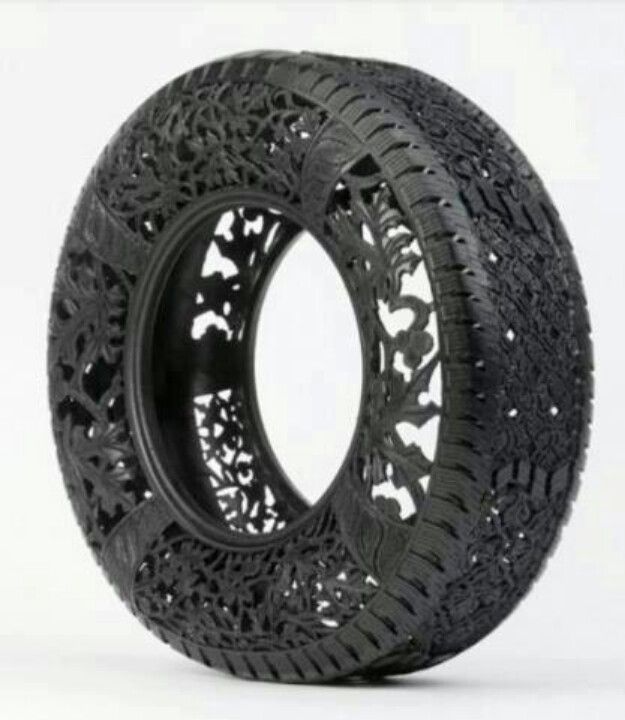 The possibility of axial movement of the busbars in the nodes of their attachment to the insulators is achieved by installing spacer bushings in the oval holes of the busbar.
The possibility of axial movement of the busbars in the nodes of their attachment to the insulators is achieved by installing spacer bushings in the oval holes of the busbar.
For busbar laying, standard parts and products are manufactured: clamps and busbar holders for fastening busbars to support insulators on the plane and edge, busbar compensators, busbar spacers, adapter plates. Tires in various electrical devices are usually laid on porcelain insulators and fixed either directly or with the help of so-called busbar holders. As a rule, single busbars mounted flat are fixed directly on the insulators. Several tires mounted flat or on edge, regardless of their number, are fixed with busbar holders.
To compensate for thermal expansion in straight sections of the current duct after 24 - 30 m, as well as near the junction of straight sections to the corner ones, busbar compensators are installed, which are included in the kit of the corresponding sections.
Longitudinal movement of busbars with temperature changes is taken into account when they are fastened to insulators, and therefore, rigid fastening to insulators is performed only in the middle of the total length of the busbars, and in the presence of busbar compensators - in the middle of the section between the compensators.
To compensate for thermal expansion in straight sections of the current duct after 24 - 30 m, in places where the bending moment of the busbars is close to zero, and also near the junction of straight sections with corner sections, busbar compensators are installed, which are included in the kit of the corresponding sections. For straight sections in each span of tires between their fastenings on insulators, there are two such places located from the insulators at a distance of 0 2 - 0 25 of the span length.
Tapes are welded at the ends into a common monolith and, as a rule, are butt welded at the cut of the tires.
At the KTP-110 substation, either a TMG power transformer with a capacity of 5600 or 7500 kva, or a TDG transformer with a capacity of 10000 or 15000 kva is installed. Tires are connected to the transformer terminals through busbar compensators.
Rigid busbars mounted on pin insulators mounted on metal or reinforced concrete structures. Bus compensators are provided at the output from the switchgear and near the transformer.
Otherwise, the cap may be torn out of the reinforcement when the bolt is screwed in, or cracks may appear in the putty. Tires laid over a length of more than 15 - 20 m are provided with tire compensators
which compensate for the elongation of the tires, which is possible when they are heated by current.
For the longitudinal movement of the tires when the temperature changes, temperature compensators are used - packages of flexible tapes. In this case, the busbars are rigidly fastened to the insulators in the middle of the section between the expansion joints, in the absence of busbar expansion joints - in the middle of the total length of the busbars.
Bus compensators are used to compensate for changes in busbar length during heating and cooling under the influence of current loads and the environment. Compensators are ready-made or manufactured in workshops from aluminum or copper foil with a thickness of 0 2 - 0 5 mm.
A set of products for busbars allows you to complete the busbar nodes of substations and switchgear.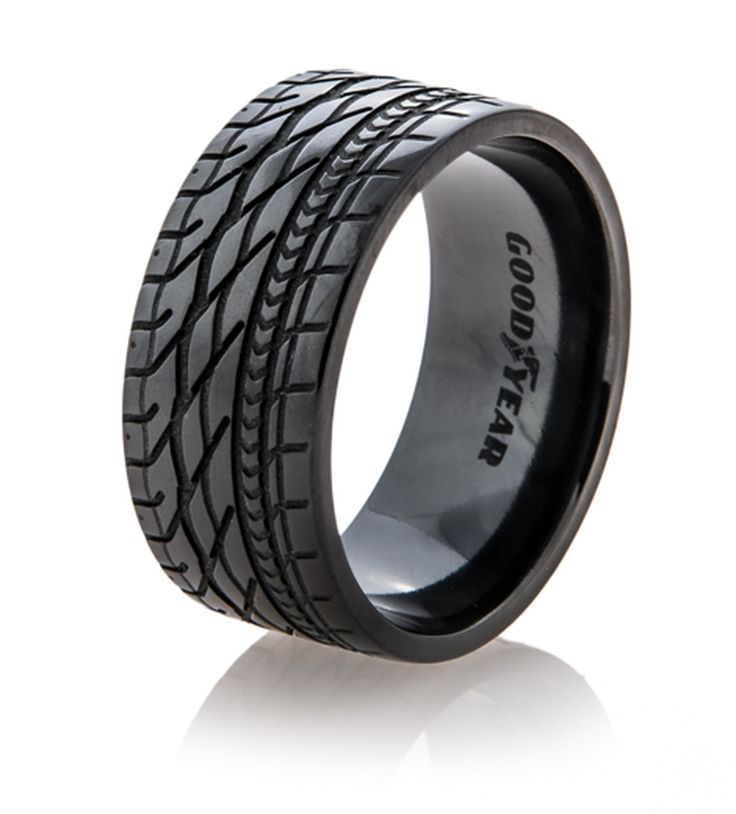 These are busbar holders for fastening one busbar or a pack of rectangular-section busbars to the insulators on a plane or rib; busbar holders for fastening box profile tires; inter-tire pads and spacers; adapter plates for connecting aluminum tires to copper flat or rod terminals of electrical devices; insulating inserts for sectioning tires; washers for bolted tire connections; tire compensators.
These are busbar holders for fastening one busbar or a pack of rectangular-section busbars to the insulators on a plane or rib; busbar holders for fastening box profile tires; inter-tire pads and spacers; adapter plates for connecting aluminum tires to copper flat or rod terminals of electrical devices; insulating inserts for sectioning tires; washers for bolted tire connections; tire compensators.
A set of products for busbars allows you to complete the busbar nodes of substations and switchgear. These are busbar holders for fastening one busbar or a pack of rectangular-section busbars to the insulators on a plane or rib; tire holders for fastening box profile tires; inter-tire pads and spacers; adapter plates for connecting aluminum tires to copper flat or rod terminals of electrical devices; insulating inserts for sectioning busbars, washers for bolted busbar connections; tire compensators.
Rigid busbars are made with rectangular and shaped bars or pipes. The busbars are fastened to the support insulators by busbar holders.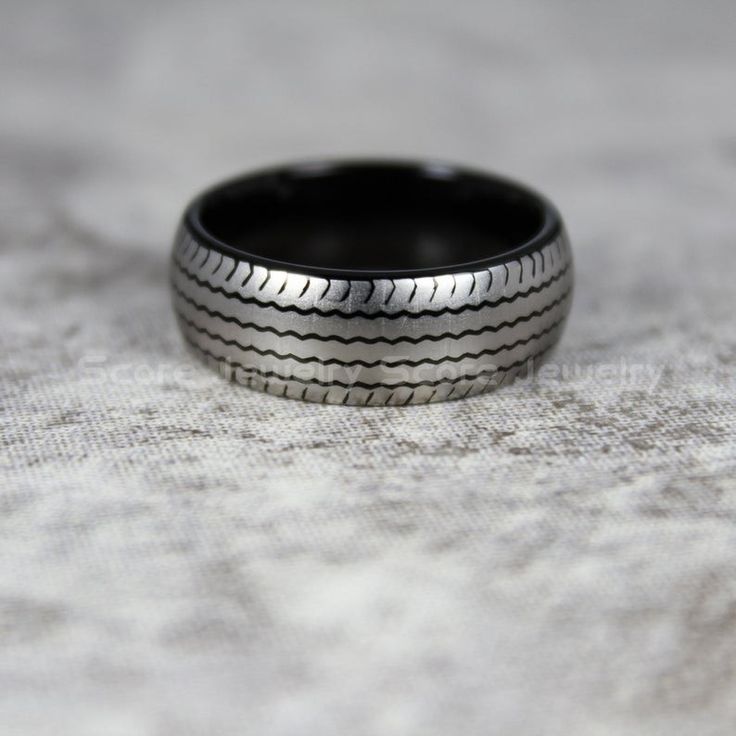 Compensation for thermal elongation of tires is carried out with the help of tire compensators. Pipes are used for busbars of switchgear 110 kV and above. When making tubular busbars, in addition to compensating for thermal expansion, measures must be taken to eliminate vibration.
Compensation for thermal elongation of tires is carried out with the help of tire compensators. Pipes are used for busbars of switchgear 110 kV and above. When making tubular busbars, in addition to compensating for thermal expansion, measures must be taken to eliminate vibration.
Connection of busbars to disconnector terminals must be carried out in such a way that no bending forces from the busbar are transmitted to the disconnector insulators during all possible changes in ambient temperature. Flexible busbar wires of open substations are connected freely, without tension. With significant elongations of the attached rigid tires, they resort to installing tire compensators.
When fastening the busbars on the insulator cap flat, the length of the bolt is selected so that its end does not rest against the porcelain head of the insulator. Otherwise, when tightening the bolt, the cap may be torn out of the reinforcement or cracks will appear in the putty. Tires laid over a length of more than 15 - 20 m are provided with tire compensators (Fig.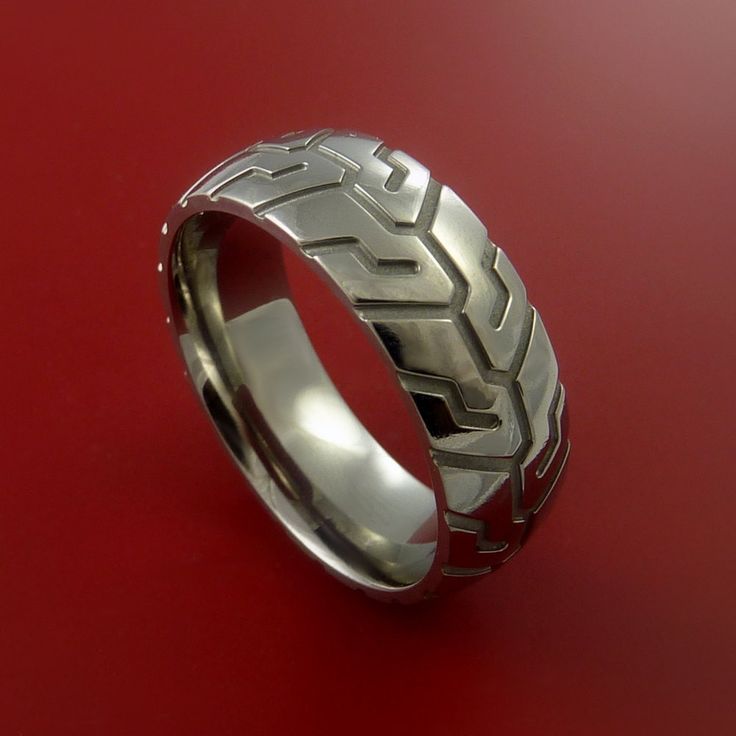 260), which compensate for the elongation of the tires, which is possible when they are heated by current.
260), which compensate for the elongation of the tires, which is possible when they are heated by current.
The conductor casings are insulated from each other by rubber rings, which also serve as seals. Each section of the conductor is connected to the grounded frame in only one place. To compensate for thermal expansion of busbars, as well as construction inaccuracies, flexible busbar compensators are installed in the busbar every 6 - 12 m, depending on the length of the busbars of the mounting blocks. Connection of tires of adjacent blocks is carried out by argon-arc welding. Phase boxes are fixed on transverse steel beams. To reduce losses from eddy currents, demagnetizing rings made of flat aluminum tires are installed on the beams.
The conductor casings are insulated from each other by rubber rings, which also serve as seals. Each section of the conductor is connected to the grounded frame in only one place. To compensate for thermal expansion of busbars, as well as construction inaccuracies, flexible busbar compensators are installed in the busbar every 6 - 12 m, depending on the length of the busbars of the mounting blocks.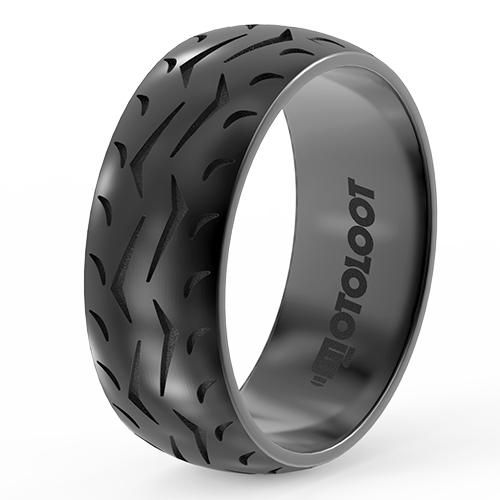 The connection of tires of adjacent blocks is carried out by argon-arc welding. Phase boxes are fixed on transverse steel beams. To reduce losses from eddy currents, demagnetizing rings made of flat aluminum tires are installed on the beams.
The connection of tires of adjacent blocks is carried out by argon-arc welding. Phase boxes are fixed on transverse steel beams. To reduce losses from eddy currents, demagnetizing rings made of flat aluminum tires are installed on the beams.
Branch sections are used to make branch lines from the main line. They are installed at the junction of two adjacent sections. The elimination of mechanical stresses in tires during their thermal elongation, as well as construction inaccuracies, is carried out in compensatory sections through flexible tire compensators. Fastening of compensators to tires is provided by welding. The busbars are fastened to the insulators semi-rigidly, which ensures freedom of axial movement of the busbar during thermal expansion. Connections of busbars of adjacent busbar blocks at the installation site are carried out by argon-arc welding. For the convenience of welding the tires, the departure of the tires from each section beyond the casing is not less than 100 mm. Detachable bolted connections are provided only in places of contact connections to the devices. During installation, when joining the busbar along the entire route, sections of bare tires are formed that are not covered by casings. To protect the tires in these areas, removable sheets are installed, the connection of which to the casings is carried out by bolts.
Detachable bolted connections are provided only in places of contact connections to the devices. During installation, when joining the busbar along the entire route, sections of bare tires are formed that are not covered by casings. To protect the tires in these areas, removable sheets are installed, the connection of which to the casings is carried out by bolts.
First, busbar supports are placed on the support insulators, on which the busbar strips are then laid. Next, the position of the tires is verified using a steel wire stretched along their longitudinal axis. In addition, with the help of a rail and a level, the location of each section of the tires in a horizontal plane is checked. After that, the branch busbars made according to the template are usually adjusted and laid, and then they proceed to make connections and install busbar compensators. The gap between multi-strip busbars is provided by busbar spacers.
When fastening busbars to insulators, their longitudinal movement with temperature changes is taken into account. In order to avoid their deformation due to linear expansions with a large length of tires, compensators are installed, consisting of thin tapes (made of tire material) collected in a package, the total cross section of which is equal to the cross section of the tire. The tapes are welded at the ends into a common monolith and, as a rule, are butt-welded at the place of the tire cut. Rigid fastening of tires to insulators is performed only in the middle of the line, and in the presence of compensators - in the middle of the section between busbar compensators. The busbars at the connection points must freely, without tension, adjoin the contact terminals of the devices.
In order to avoid their deformation due to linear expansions with a large length of tires, compensators are installed, consisting of thin tapes (made of tire material) collected in a package, the total cross section of which is equal to the cross section of the tire. The tapes are welded at the ends into a common monolith and, as a rule, are butt-welded at the place of the tire cut. Rigid fastening of tires to insulators is performed only in the middle of the line, and in the presence of compensators - in the middle of the section between busbar compensators. The busbars at the connection points must freely, without tension, adjoin the contact terminals of the devices.
This is done to facilitate assembly and welding of shell elements. The support element is inserted 25 mm inside the adjacent block to be welded and welded to it. In the same way, two adjacent blocks are connected at the installation, each of which ends with a supporting element. First, butt-welded current-carrying tires 3 protruding from the block by 225 mm. Depending on the route, welding of current-carrying parts can be performed through an additional insert or busbar compensator. Then, two half-cylinders are put on the conical surfaces of the supporting elements of the joined blocks, which are welded and then welded to the supporting elements. The maximum distance between the supporting elements is 2400 mm, and in the places where expansion joints are installed - no more than 1500 mm. The current conductor is fixed with the help of clamps or support legs, which the factory supplies on a separate order complete with the current wire.
Depending on the route, welding of current-carrying parts can be performed through an additional insert or busbar compensator. Then, two half-cylinders are put on the conical surfaces of the supporting elements of the joined blocks, which are welded and then welded to the supporting elements. The maximum distance between the supporting elements is 2400 mm, and in the places where expansion joints are installed - no more than 1500 mm. The current conductor is fixed with the help of clamps or support legs, which the factory supplies on a separate order complete with the current wire.
During installation, busbar trunkings are either installed or suspended on structures specially designed for them. The sections must be installed in accordance with the markings on the sections and the assembly and disassembly list. Straight sections are made from straight sections, and turns and branches are made from angle and branch sections: Corner sections with tire bending on edge and on flat are used to make turns up or down and turns left and right.